Simon Burstall’s photo book uncovers Australia’s 90s rave scene
The photographer’s new book ‘93: Punching The Light gives a glimpse into growing up in the midst of Sydney’s lesser-known rave culture
The UK rave scene is a mainstay of contemporary pop culture. This year alone has seen the release of Jeremy Deller’s BBC documentary exploring the 80s roots of British rave culture, as well as the release of Brian Welsh’s coming-of-age film, Beats, which takes us back to the Scottish 90s rave scene. Meanwhile, the Saatchi Gallery dedicated its summer-long exhibition, Sweet Harmony: Rave | Today, to the rich visual history associated with rave and club culture over the decades.
However, while many are familiar with the Eurocentric vision of rave culture, its relevance in the rest of the world is a lesser-known phenomenon. A new book looks set to change this, as far as Australia is concerned at least, with Simon Burstall’s photography shining a spotlight on the country’s rave scene during the 90s, while offering a personal look at his life growing up.
’93: Punching The Light will be published by Damiani Editore this month, followed by a series of release parties and book signings taking place in a handful of cities around the world, the first of which will be held on October 17 in New York.

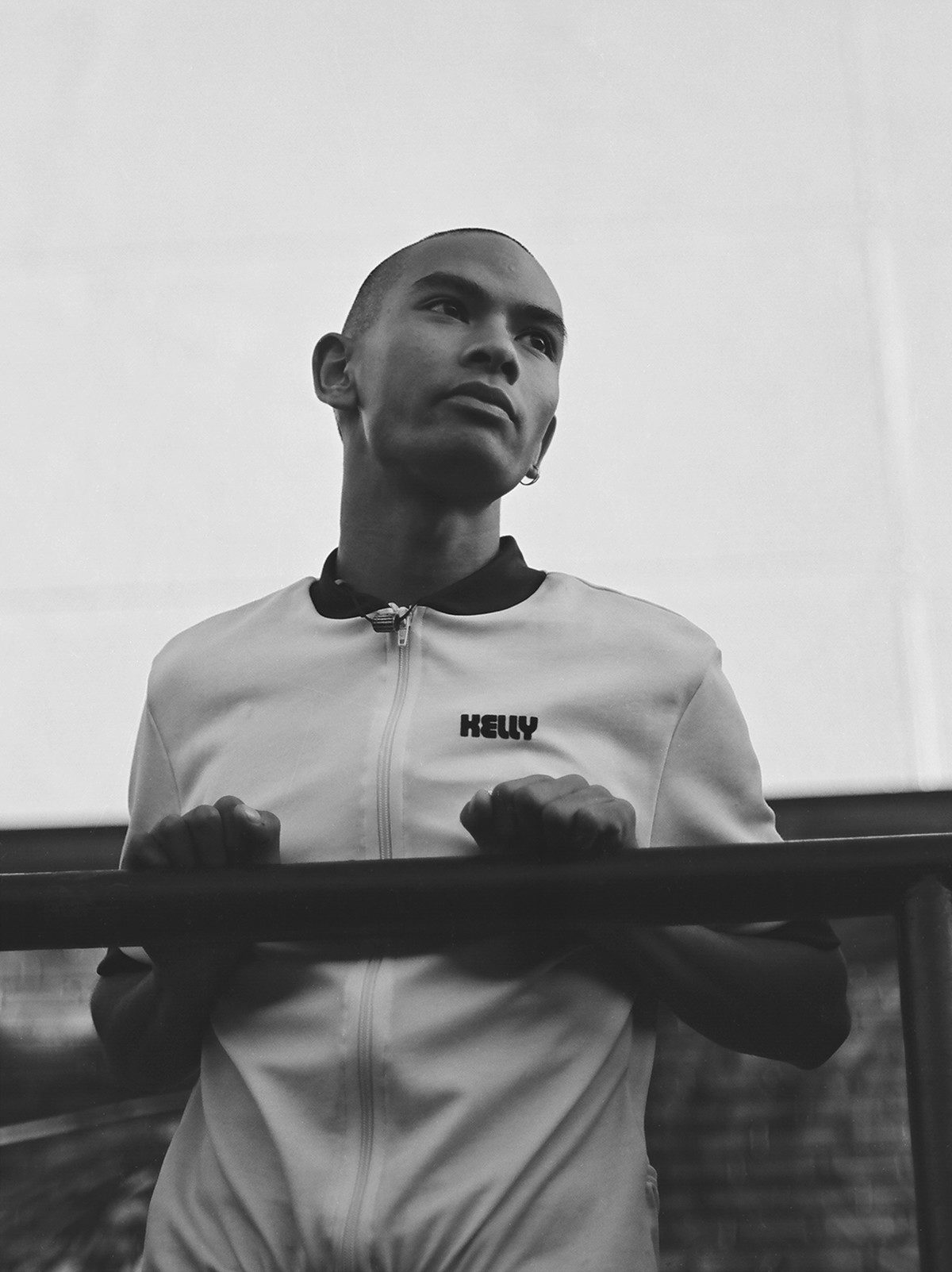
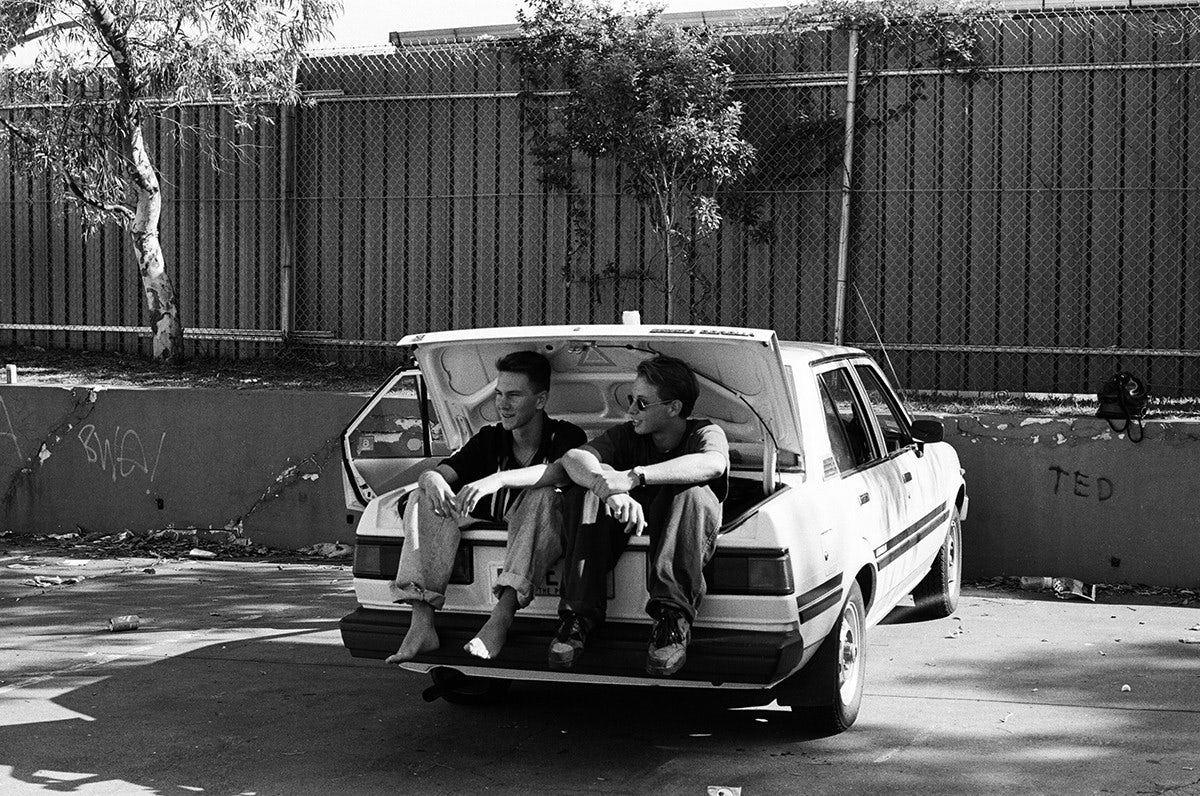
Many photographs in the book are accompanied by notes that give context, much like the real life diary Burstall kept, pages of which appear in the book. Far from a political statement or a voyeuristic exposé of youth, Burstall’s photographs document the trends and friendships that blossomed in tandem with the rave scene.
Burtsall grew up in Sydney’s southern suburbs, where he’d spend time shooting friends on surf trips when he was around 14 or 15. “At the age of 16 I left and went to boarding school in the city centre, where I was introduced to my art teacher who encouraged me to pursue photography,” he remembers, his teacher also showing him processes like developing film and darkroom printing techniques. “He told me to shoot and focus on something that I found interesting, and build on that as a subject matter, and that was raves.”
“This was when everything changed for me. When I became myself,” Burstall reflects in the book. Each time he departed on an after-hours excursion with a camera around his neck, it presented him with an opportunity to understand composition, explore his own tastes, and experience the wider community beyond the veneer of the rave itself. “I wanted to focus on the culture, from its fashion, music and the way people interacted, not just the party scene.”
As with many archival photographs, there’s a glaring absence of phones (aside from one or two comparatively large mobile phones). With the air of privacy in the public domain still intact, how did ravers respond to Burstall taking their photographs and freezing in time their transient moments of hedonism?
“There was never, ever a problem,” he recalls. “We forget what our lives were like before iPhones came along and now everything is filmed and shared on social media. I was also part of something and not an outsider so therefore I was already part of a clan or accepted, so there were no walls up or defensive mindsets when the camera was out.”
The rave scene is typically heralded as a defiant anti-establishment movement led by the collective power of youth. Whether they were even there or not, many have a fond image in their mind, no doubt influenced by the rosy tint of nostalgia. However, just like his photographs, Burstall’s perspective exists on a far more personal level. “[It’s remembered as] unforgettable and life-changing for many people,” he says. “But for the most part I’m sure [it’s] reflected upon as nothing but some of the best parties we all attended.”
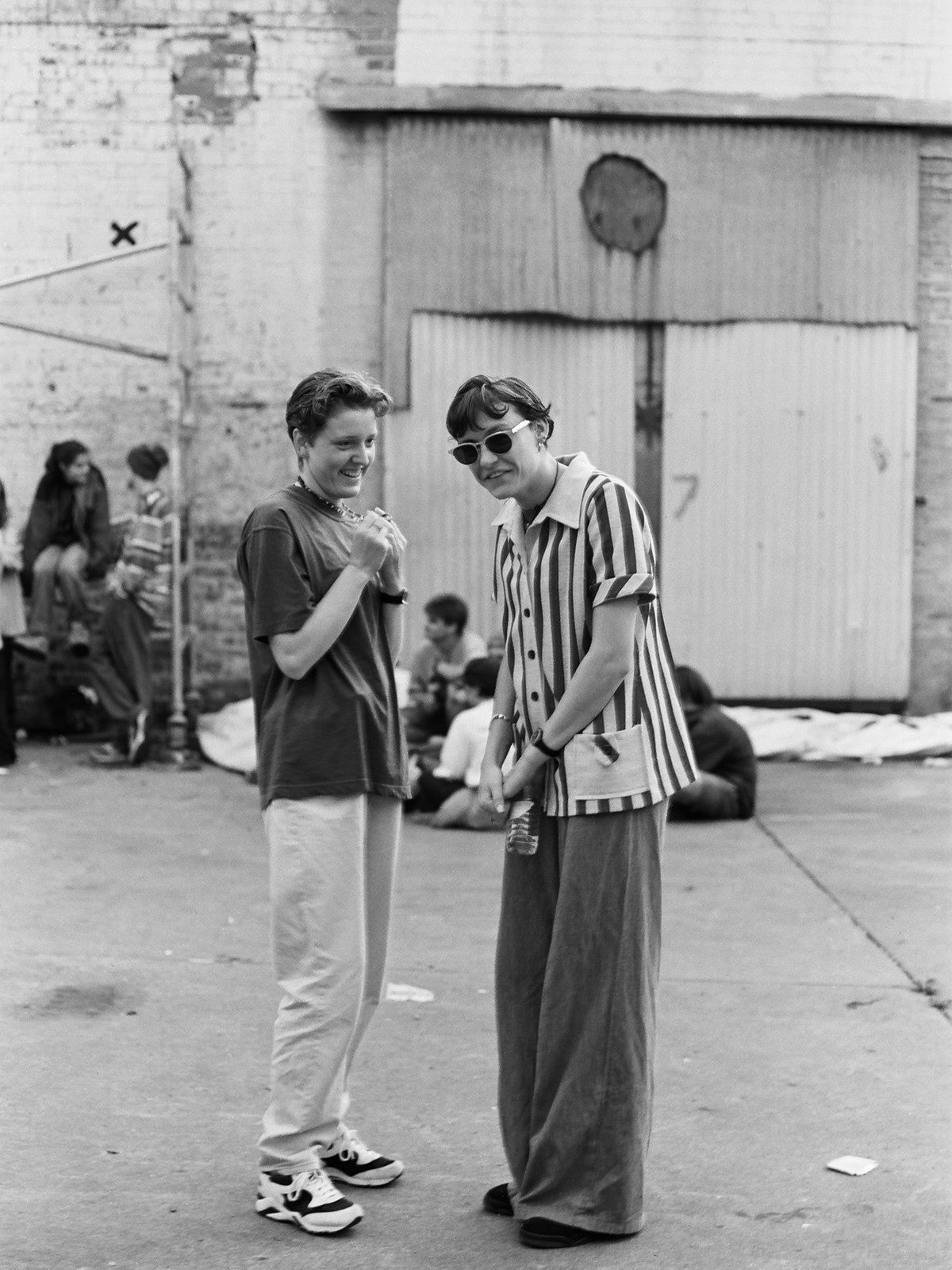

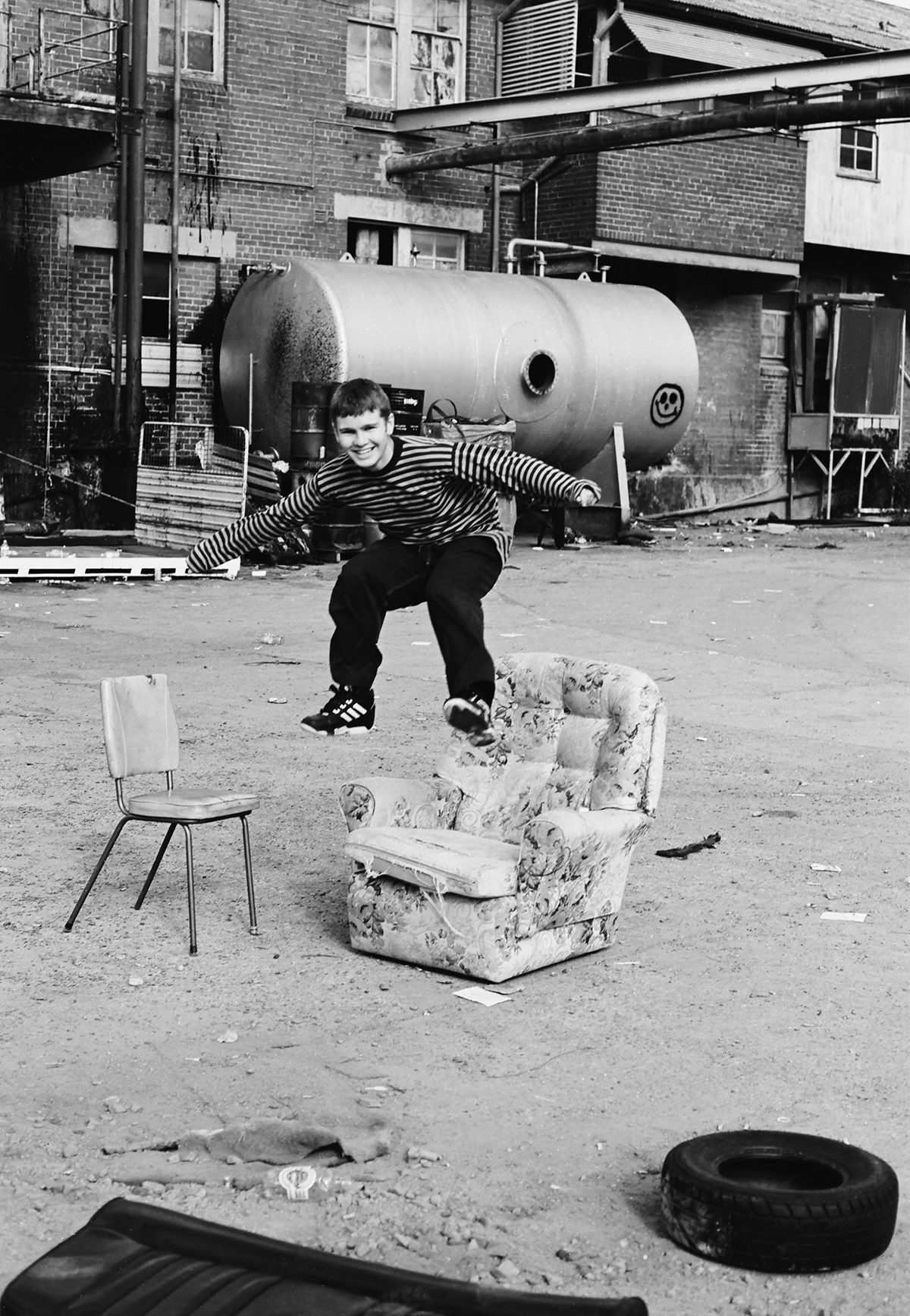
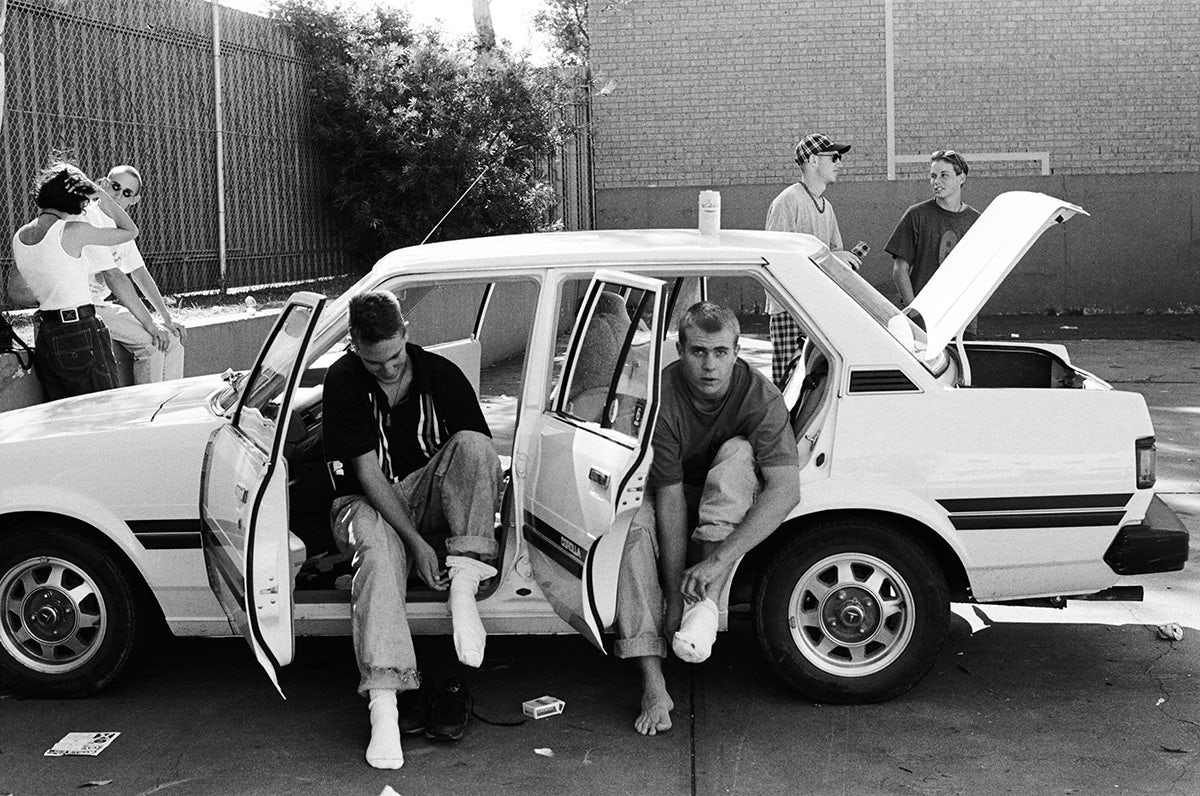
’93: Punching The Light is published by Damiani Editore on September 26 for 40€; visit 93thebook.com for more information about the book and release parties




















